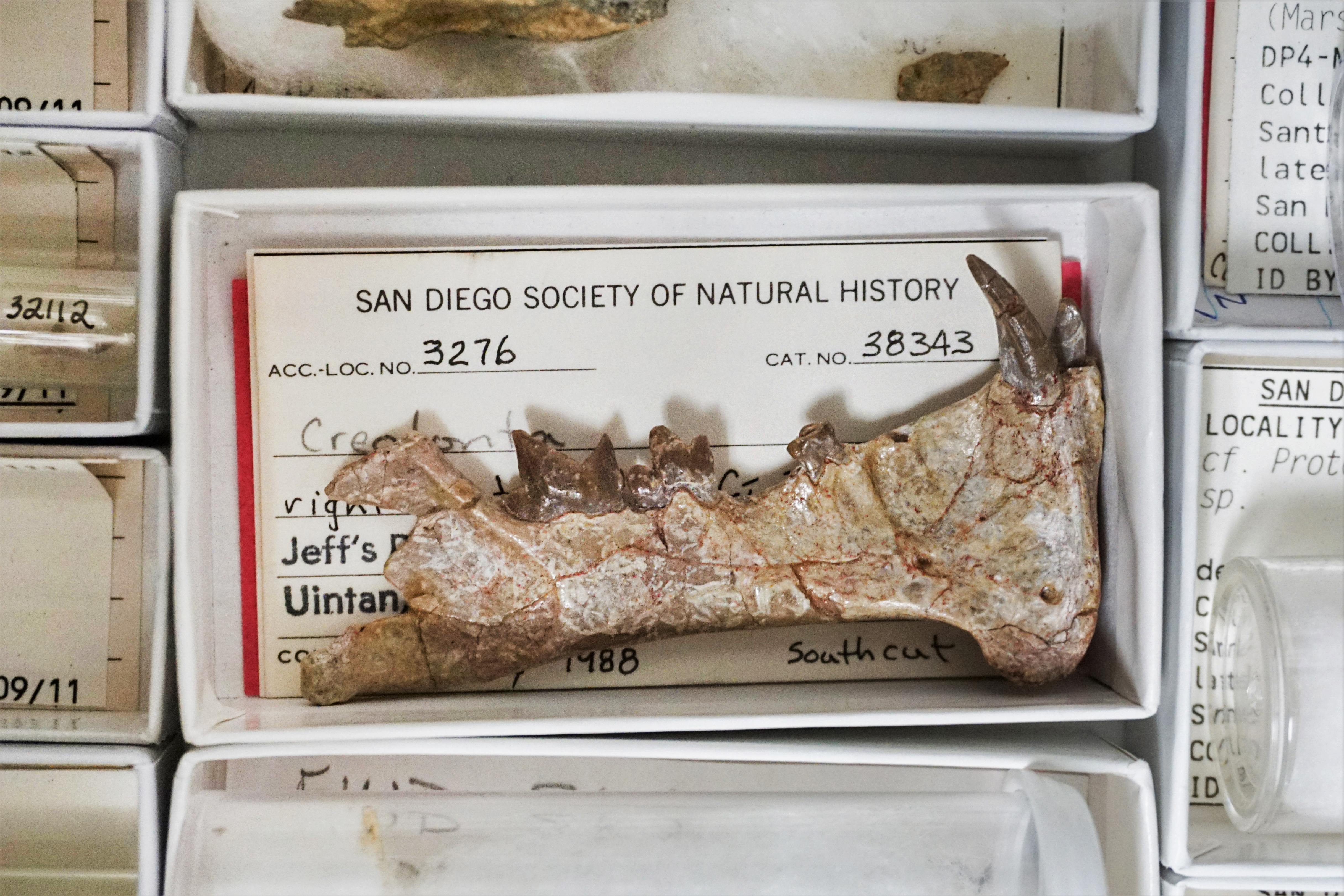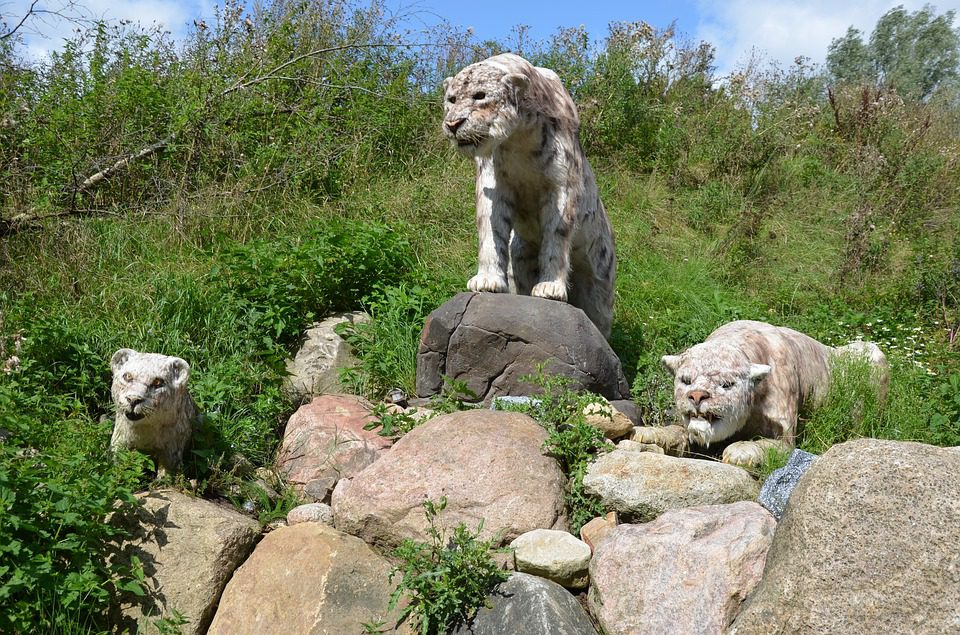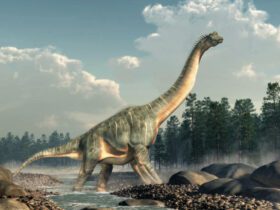A new research describes one of the first documented cat-like hunters on the western coast of North America, adding fresh insights to our understanding of these prehistoric predators and the development of contemporary carnivores.
Nowadays, the capacity to consume an entirely meat-based diet, also known as hypercarnivory, is not rare. Tigers can do it, and polar bears certainly do it as well. If you already own a domestic cat, you may well be the owner of a hypercarnivore. However, 42 million years ago, animals were still finding out how to subsist solely on flesh.
One significant advancement was the evolution of specialized dentition for slicing meat — as seen by this newly identified specimen. Diegoaelurus vanvalkenburghae, the newly described species, is known only from a fragment of a bottom jaw with just some teeth connected; however, the teeth reveal a great deal about this prehistoric predator.
D. vanvalkenburghae is a member of the vanished cat subfamily Machaeroidinae, which means ‘dagger-like.’ This looks to be the latest machaeroidine fossil discovered, and it is somewhat distinct from its nearest identified cousin, Apataelurus kayi.
While a few mammalian predecessors possessed long fangs, Diegoaelurus and its limited relatives pioneered the use of saber-tooth in the front with slicing scissor teeth termed carnassials in the rear. It’s a strong mix that has resulted in the separate evolution of various animal groupings throughout the millennia afterward.
 (Source: San Diego Natural History Museum)
(Source: San Diego Natural History Museum)
Although the jaw has resided in the museum’s inventory since 1988, the researchers did not evaluate it until recently. The fossil was discovered in San Diego in a 42-million-year-old geological formation called the Santiago Formation. This deposit dates from the Late Eocene and may provide insight into a period when the planet was hotter, and California was covered in a humid jungle.
The abundance of prey animals would have provided a feast for Diegoaelurus, enabling it to enjoy the lifestyle of a specialist hunter before to the majority of other mammals.
The findings were published in PeerJ.














Leave a Reply